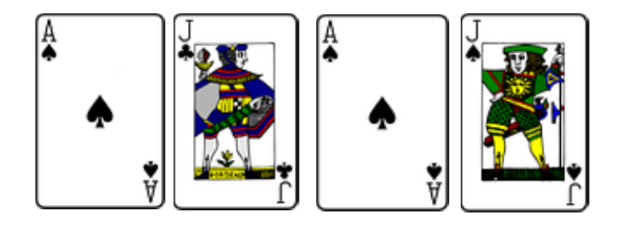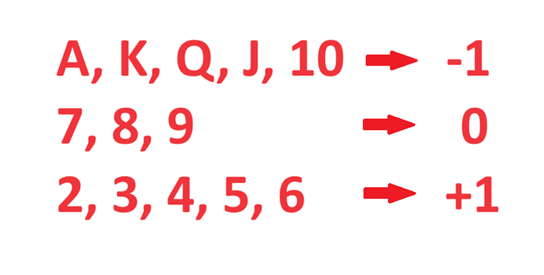A Snippet from Blackjack History

To the
uninitiated, a black jack would be the Jack of Spades or the Jack of Clubs. In
the game, “blackjack” is a special two card hand consisting of an ace and any 10-valued card.
Tens, jacks, queens, and kings all have a value of ten in casino blackjack. This
special hand has an enhanced payout of 3 to 2, or now
of 6 to 5 in some casinos. However, this was not always so.
Though
blackjack originated in Europe, the modern game evolved in the United States. In
the first half of the twentieth century, gambling was illegal there and was conducted
in “underground casinos”. To draw more players to the fold, gambling houses
offered a bonus payout of 10 to 1 for being dealt a hand of the ace of spades and a black jack (the Jack of Spades or the Jack of Clubs). This hand was called a "blackjack",
and gave its name to the game, which was until then more popularly known as 21,
from the French vingt-et-un. The name stuck to this hand even after it was
modified to the present version.
10 to 1
payout for a blackjack hand seems very high when casinos today are trying to
lower the standard 3 to 2 payout. You must realise that the 10 to 1 payout was
only for two combinations (Ace of Spades with Jack of Spades and Ace of Spades
with Jack of Clubs). Today you can get a blackjack through any of 64 combinations
(4 aces multiplied by 16 10-valued cards). So, the 10 to 1 offer was a sort of
illusion meant to lure players, somewhat like the song of the Sirens from Greek
mythology.
Author: Harsh Nevatia has 20 years’
experience of creating content on online gambling and understands how the system
works.
YouTube: https://www.youtube.com/channel/UCNwiHTy4rRtj9cut501-hrQ
Facebook: https://www.facebook.com/hnevatia
LinkedIn: https://www.linkedin.com/in/harsh-nevatia-3759446/
X (Twitter): @HarshNev


Comments
Post a Comment